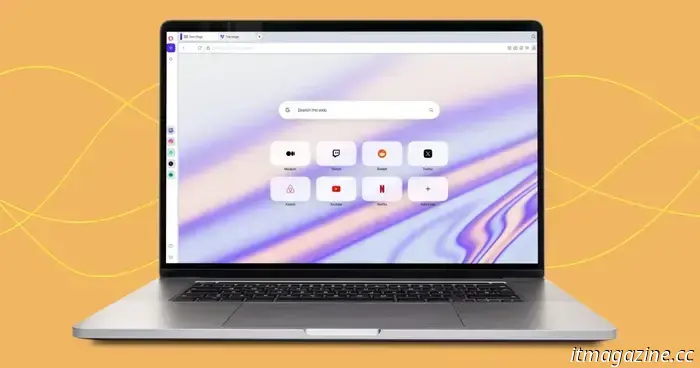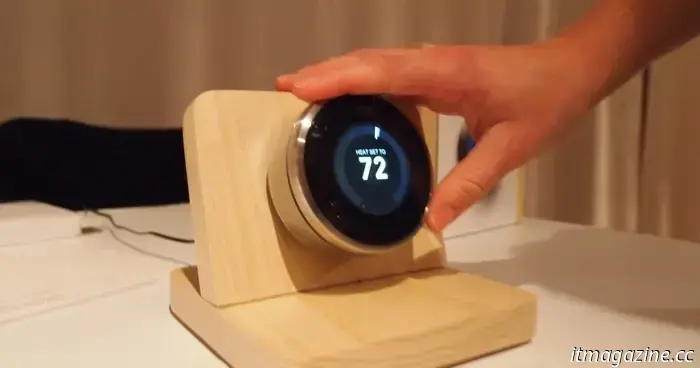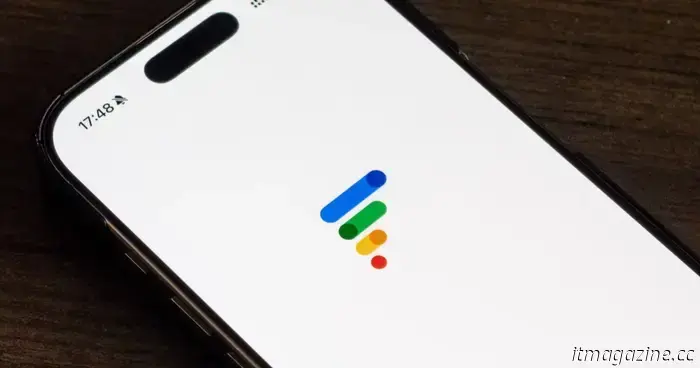Google's Find My Device tracking feature might soon be able to perform one of Apple's top tricks.
It's been nearly a year since Google introduced its enhanced Find My Device network, bolstering it with security features like encrypted location sharing and alerts for unknown trackers. However, it has yet to incorporate a significant feature that allows for precise object tracking, similar to what Apple offers in its Find My network.
That may soon change. Angela Hsiao from Google suggested in an interview with The Verge that an announcement regarding UWB integration in the Find My Device ecosystem is forthcoming.
Hsiao mentioned, “For what it’s worth, Google will have more to share on that ‘very soon.’” While this isn't the first hint of Google preparing for UWB support, it's reassuring to hear confirmation from an executive.
Why is this important?
UWB, or Ultra Wideband chip, is a method for location and proximity detection that utilizes pulse-based transmission across a broad frequency range. It functions as a short-range wireless communication protocol, allowing for precise location sensing within a centimeter due to its unique signal transmission and reception pathway.
In simpler terms, it surpasses Bluetooth-based tracking considerably. UWB chips are also energy-efficient and perform well indoors. Since the iPhone 11 series, Apple has included a UWB chip by default in all its primary smartphones and the AirTag object tracker.
With UWB, Apple has introduced a feature called Find Nearby in its Find My system to streamline the search for misplaced items. When you're searching for a lost object nearby, UWB signals enable your iPhone to accurately estimate the distance and display directional cues on the screen.
With the launch of the iPhone 15, which features a next-generation UWB chip, Apple also rolled out a Precision Finding capability, providing directional cues to help users locate their friends. It appears that Android and the interconnected Google ecosystem will finally take advantage of UWB finding capabilities later this year.
The future looks promising
In mid-2024, code investigators uncovered references to UWB within Google's Find My Device app. A few months later, further mentions of how it would enable directional cues for object tracking were found in the app's codebase.
Earlier this month, Android Authority discovered additional details about the UWB-enabled precision finding system planned for Google's tracking app. Google has also made extensive documentation on Ultra Wideband (UWB) communication available on its Android developers resource hub, signaling upcoming developments.
However, UWB operates as a two-way system, necessitating that both object trackers, like the Moto Tag, and smartphones have the chip installed. Not all devices come equipped with it; for instance, Google’s Pixel 9 does not include this feature.
That is set to change later this year for flagship smartphones. Qualcomm’s latest Snapdragon 8 Elite SoC integrates Wi-Fi, Bluetooth, and UWB capabilities into one package with the FastConnect 7900 modem.
This means smartphone manufacturers will no longer incur additional costs for a separate UWB chip. However, it will be their decision whether to activate UWB functionality on devices powered by Snapdragon 8 Elite.
With Google’s I/O developers conference approaching, we anticipate the company will provide more insights into its future plans for Find My Device and any potential UWB enhancements in the coming days.
Other articles
 Lossless audio represents a significant improvement, but the cables are somewhat disappointing.
An increasing number of headphones are providing lossless USB audio, but the cables often seem to be an afterthought.
Lossless audio represents a significant improvement, but the cables are somewhat disappointing.
An increasing number of headphones are providing lossless USB audio, but the cables often seem to be an afterthought.
 My preferred web browser is one that you may have overlooked – and you definitely shouldn’t.
The Opera browser is constructed on the same core as Chrome, yet it provides a variety of unique features that have significantly enhanced my productivity.
My preferred web browser is one that you may have overlooked – and you definitely shouldn’t.
The Opera browser is constructed on the same core as Chrome, yet it provides a variety of unique features that have significantly enhanced my productivity.
 6 security settings I consistently modify on a new Windows PC
These are the Windows 11 security settings I promptly adjust as soon as I can.
6 security settings I consistently modify on a new Windows PC
These are the Windows 11 security settings I promptly adjust as soon as I can.
 Google's decision to discontinue certain Nest thermostats serves as a cautionary message for all smart home users.
Google has announced a termination update for its first and second generation Nest Learning Thermostats.
Google's decision to discontinue certain Nest thermostats serves as a cautionary message for all smart home users.
Google has announced a termination update for its first and second generation Nest Learning Thermostats.
 Google Fi was already my top choice for eSIM while traveling, and now it’s even improved.
Google Fi was already my preferred eSIM for travel, but Google has just introduced a range of enhancements that make it even more appealing. Here's why!
Google Fi was already my top choice for eSIM while traveling, and now it’s even improved.
Google Fi was already my preferred eSIM for travel, but Google has just introduced a range of enhancements that make it even more appealing. Here's why!
Google's Find My Device tracking feature might soon be able to perform one of Apple's top tricks.
A Google executive has suggested that support for UWB-based object tracking may soon be integrated into its Find My Device network, potentially within this year.
